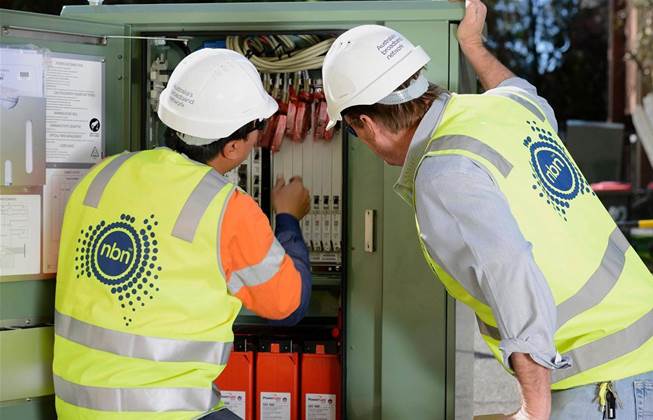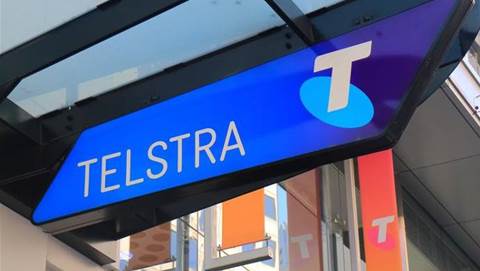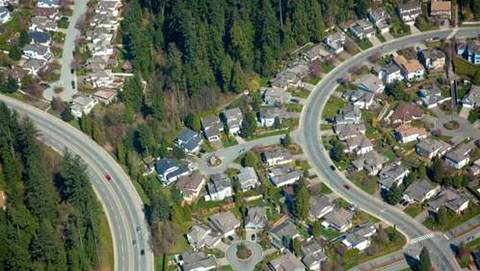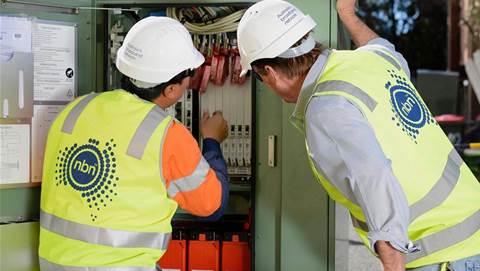NBN Co has tabled an "indicative price construct" to its key retail service providers that proposes flat wholesale prices initially just for high-tier services, with potential “expansion” - presumably to lower speed tier services - "over time".

The new construct is not publicly accessible, but a summary [pdf] released on Tuesday afternoon shows it is similar to a proposal called ‘construct two’ that NBN Co first outlined in June.
The construct does not go as far as many NBN retail service providers want, which is to end variable usage-based charges levied on NBN services.
Instead, it offers a part flat-price, part “volumetric” charging model.
NBN Co favours this because the company argues that a flat-rate charge for NBN services would disadvantage the bottom end of the market, making internet too expensive for up to 170,000 users.
NBN Co also continues to rely on volumetric charging, specifically what it calls connectivity virtual circuit (CVC), as a mechanism to recover costs and earn revenue. It only supports scrapping CVC if it can still meet its financial and other goals in some other way.
In June, NBN Co said that revenue lost to flat rate charges would be clawed back through annual price increases on the flat-rate plans.
It initially said these would be inflation plus an unknown extra percentage. In the newer construct, this is expressed as “CPI +/- X”, which is broadly similar though the 'minus' adds a dimension not in the June proposal.
The full new price construct is expressed as follows:
“AVC only for speed tiers that have highly variable traffic patterns with CVC remaining on lower speed tiers; more frequent formula-based adjustment of CVC inclusions in bundled offers for the product speed tiers which retained CVC as a price element; annual movement allowances for maximum prices based on CPI +/- X regulation on a use it or lose it basis; expansion of AVC-only pricing over time; constraints on the use of discounts and rules to transition long term discounts into prices so that annual price movement protections would apply; CVC to be charged on the basis of utilisation rather than provisioned capacity; removal of CVC utilisation caps; provision of a new lower priced voice only offer; repricing the 25/5 Mbps bundle so that it aligned with the 12/1 Mbps bundle.”
There’s a lot to unpack there, but it suggests NBN Co is open to moving more to the long-term price model that RSPs want “over time”; that it could limit its ‘sugar hit’ discounts or at least formalise some of them as was originally intended by the NBN special access undertaking; and that it could potentially redefine what the lowest speed tier on the network is.
The summary of the meeting also contains some detail around how the construct would work in practice.
One interesting proposal is to limit “the amount by which charges could increase between speed tiers” under a flat-pricing model.
NBN Co was reportedly against this idea, “indicating that it did not wish to have constraints on pricing relativities between speed tiers.”
RSPs were said to be wanting to understand how aspects of the revised construct put forward by NBN Co would have benefitted them had it been in use in the past two years.
Responses on that should provide RSPs a useful point of comparison as to whether the NBN Co model would meet the industry’s stated needs - which are to effectively make selling NBN services profitable.
Accepting NBN Co’s model could result in benefits being realised much faster than pursuing more difficult and fundamental price model changes that the network operator opposes.
The meeting summary states that “NBN Co will outline how it could implement [some of the more challenging demands of industry] commercially at a later juncture”.
That could confirm industry fears that a result from the ACCC process could be some way off.
A smaller-scale “refresh [of] the pricing and CVC inclusions roadmap” under the existing NBN pricing model is scheduled for April 2022, the meeting summary notes.
Revamped volumetric model fails to gain traction
Another pricing model shopped to the working group, which looked similar to the model NBN Co uses now and that participants were encouraged to give “in-depth consideration to”, garnered “little feedback”, and a lukewarm response from even NBN Co itself.
However, in its feedback on that particular proposal, NBN Co suggested its opposition was partially based on the way that proposal positioned the variable CVC charge.
“NBN Co indicated that its CVC related prices should not be guided only by whether they met the cost recovery rules that had been suggested in the paper as NBN Co saw a broader role for CVC charges,” the meeting summary states.
This is interesting because throughout the process, and even pre-dating it, RSPs have disputed the extent to which NBN Co is incurring and recovering efficient - versus inefficient - costs.
It appears the out-of-favour model may have - at least in NBN Co’s eyes - constrained the utility of CVC as a revenue-generating mechanism.
The ACCC said that it has now concluded the working group meetings and will “prepare a summary report that will document the views expressed and positions reached in the working groups.”


.png&h=140&w=231&c=1&s=0)





 Forrester Technology & Innovation APAC 2023
Forrester Technology & Innovation APAC 2023


















